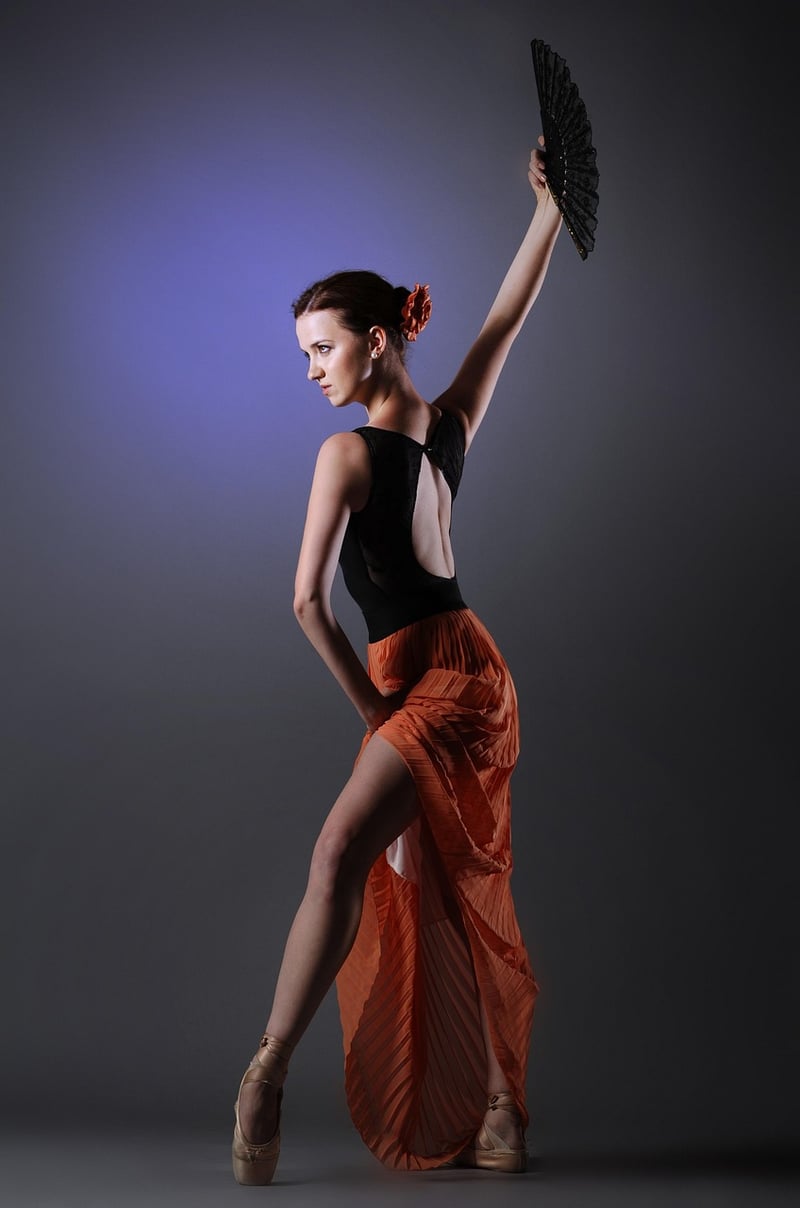Hip Hop
Exploring Expressive Movement Forms in Hip Hop
Hip Hop dance has evolved into a complex and diverse art form that incorporates various styles of expressive movement. From its roots in the streets of New York City to a global phenomenon, Hip Hop has influenced and been influenced by a wide range of dance forms, each contributing to its rich tapestry of movement vocabulary.
Breaking
One of the most iconic styles of Hip Hop dance is Breaking, also known as B-boying or B-girling. Originating in the Bronx in the 1970s, Breaking is characterized by its acrobatic movements, intricate footwork, and dynamic freezes. B-boys and B-girls express themselves through a combination of power moves, freezes, and intricate footwork patterns, often in fierce battles or friendly cyphers.
Locking
Locking is a funk-based dance style that emerged in the 1970s, pioneered by dancers like Don Campbell and The Lockers. Known for its distinctive moves such as the "lock" and the "point," Locking is characterized by its exaggerated movements, playful energy, and comedic elements. Dancers often wear colorful outfits and showcase their personality through rhythmic movements and engaging storytelling.
Popping
Popping is a street dance style that originated in Fresno, California, in the late 1970s. Dancers create sharp, robotic movements by contracting and releasing their muscles to the beat of the music. Popping is often combined with other styles like Boogaloo and Tutting to create visually captivating performances that play with illusion and rhythm.
Waacking
Waacking, also spelled Whacking, is a dance style that emerged from the LGBTQ+ clubs of Los Angeles in the 1970s. Characterized by its fluid arm movements, poses, and theatricality, Waacking is a dance form that celebrates freedom of expression and individuality. Dancers use arm extensions, spins, and intricate hand gestures to create a visually stunning performance that is both fierce and glamorous.
House Dance
House Dance is a social dance style that originated in the underground clubs of Chicago and New York City in the 1980s. Fusing elements of Hip Hop, disco, and various African dance styles, House Dance is characterized by its fluid footwork, energetic movements, and improvisational nature. Dancers express themselves through intricate footwork patterns, rhythmic shifts, and soulful movements that connect them to the music and the community.
Conclusion
Expressive movement forms are at the heart of Hip Hop dance, allowing dancers to tell their stories, express their emotions, and connect with their audience on a deeper level. Whether it's the raw energy of Breaking, the playful vibe of Locking, the robotic precision of Popping, the fierce glamour of Waacking, or the soulful groove of House Dance, each style brings its unique flavor to the world of Hip Hop.
So next time you hit the dance floor or watch a Hip Hop performance, take a moment to appreciate the diverse and vibrant forms of expression that make this art form so dynamic and captivating.

Keep grooving, keep moving, and keep expressing yourself through the power of Hip Hop dance!
